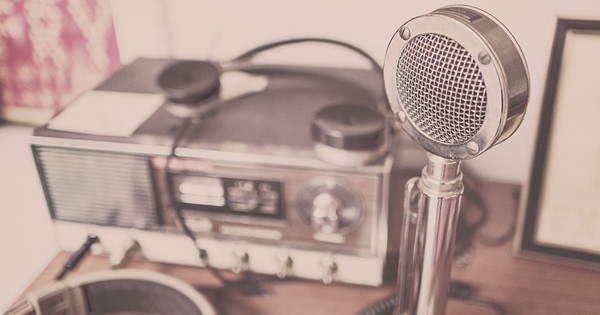Its working great, but there is no classification, all files from various folders and albums are arranged in a single playlist alphabetically...Yep this sort of setup should work.
Seems i ll have to try some other android media player
Will update
Its working great, but there is no classification, all files from various folders and albums are arranged in a single playlist alphabetically...Yep this sort of setup should work.
It's an issue with your server not the player.Its working great, but there is no classification, all files from various folders and albums are arranged in a single playlist alphabetically...
Seems i ll have to try some other android media player
Will update

Well, how big is a lemon?
The answer is all down to your perspective on sound quality. Spotify’s “very high” quality is normally taken to be equivalent to 320kbps MP3. For the music played on Spotify, the original audio source is in CD format, which has an inherent streaming bandwidth of 1,411kbps. Qobuz, for example, will stream at the full 1,411kbps - and can even stream higher than that if the original audio track was recorded in a higher-than-CD resolution format. And TIDAL does too.
The MP3 format (and similar formats like AAC, OGG Vorbis, etc) is a system for - if you want to think of it this way - ‘zipping up’ music files so that they take up less space and can be streamed using less bandwidth. This zipping-up process can actually be done in such a way that the music can be stitched back together again at the receiving end as an exact copy of the original audio file. But in order to maintain that quality you end up being limited by how much you can reduce the file size or streaming bandwidth. You can reduce them by about 40–50%, but rarely any more. That is what FLAC does. FLAC is usually referred to as a “lossless compression” format.
MP3 goes one step further. It starts throwing away bits of the music that it thinks you either can’t hear, or don’t need to hear. To get the streaming bandwidth down to 320kbps this amounts to about half of the music. Most MP3 files (such as what you likely hear on a radio) are typically around 128kbps, and have thrown away a good 80% of the original music file. That thrown-away music is lost forever and can never be put back in again during playback. This kind of process is usually referred to as “lossy compression”.
The idea, of course, is that MP3 is very, very smart about which bits of the music it throws away. The end result is such that a casual listener probably wouldn’t even care that something is missing. And at 320kbps it takes a serious audio playback system to render those differences audible. So the answer to your question of how “close” it is to FLAC depends entirely on how important to you that missing music is. One person may think that the differences are utterly inaudible. Another may think “meh - it’s close enough”. A third might think there is an unacceptable loss of quality.
Think of MP3 this way:
“Th d, f crs, s tht MP3 s vry, vry smrt bt whch bts f th msc t thrws wy. Th nd rslt s tht a csl lstnr prbbly wldn’t vn cr tht smthng s mssng. nd t 320kbps t tks a srs d plybck systm to rndr ths dffrncs dbl.”
You can probably read that reasonably well, and reconstruct in your mind enough of what I originally wrote to get the message across. And if that was all that mattered, you maybe wouldn’t care too much. But if all that squinting at the screen gives you a headache, or if the message was from your bank and contained your new mortgage terms … well, you might find it more problematic.
So how big is a lemon? Well, it’s bigger than a lime….
UPDATE: Well, bit by bit, and trickle by trickle, I have somehow hit the 100 Upvotes mark. Thanks to all who took the time to read and vote.
I recently started using Tidal and it feels bit different from SpotifyI was just trying to figure out what others feel about FLAC vs the highest streaming from Spotify coz at my part I found flac to be better, so much that I could discern the difference with my below modest setup..
I came across this reoky from someone at quora and the guy knew what he was saying and he put it up so Fantastically.. Thought of sharing with you folks

How close is FLAC to Spotify's "very high" quality?
Answer (1 of 4): Well, how big is a lemon? The answer is all down to your perspective on sound quality. Spotify’s “very high” quality is normally taken to be equivalent to 320kbps MP3. For the music played on Spotify, the original audio source is in CD format, which has an inherent streaming ban...www.quora.com
Yes tidal is indeed better as it streams high resolution musicI recently started using Tidal and it feels bit different from Spotify
The family subscription can be shared by 5As a user can you tell how many people can share its subscription?
You are on which country planThe family subscription can be shared by 5

